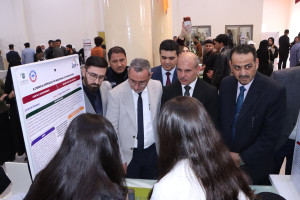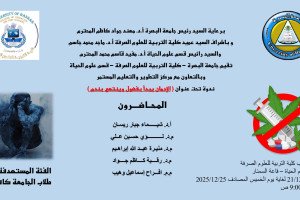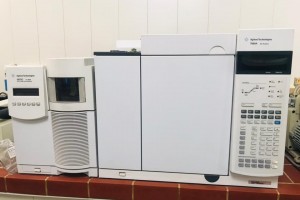
The College of Education for Pure Sciences discussed a doctoral thesis on the design of an autonomous microfluidic system equipped with a sensor to measure fluorescence using a smartphone.
The thesis presented by the researcher (Maytham Najm Abboud) included the design and construction of a fully automated, home-made microfluidic system to measure fluorescence and use it to estimate fluorescein fluorescence as an example, using simple materials available in local markets. The parts of the designed device were controlled through three home-made programs: (Pumps controller). To control peristaltic pumps and Lab Fluorometric Signal (LFS), which worked as a Data Logger, and the results appear on the computer. There is another program that works as a Data Logger, which is Mi.data.fluorescent, and the results appear on the smartphone.
The designed device consists of several parts: micro-peristaltic pumps, micro-chips, and a device for measuring fluorescence. It included studying the optimal conditions for fluorescence of fluorescein using distilled water as a carrier current, in addition to finding a calibration curve for which the value of the correlation coefficient was equal to 0.9997, and applying the method of standard additions to three representative samples of fluorescein. Sodium. This study was carried out using the Lab Fluorometric Signal (LFS) program, such as Data Logger, on a computer screen to display the results. The second stage included studying the optimal conditions for fluorescein fluorescence using distilled water as a carrier stream, and the smartphone was used as Data Logger, which is Mi.data.fluorescent, and the results are shown. On the smartphone, in addition to finding the calibration curve for which the value of the correlation coefficient was equal to 0.9995, the third stage is the indirect estimation of -IO3 and finding the optimal conditions in the presence of fluorescein as the carrier current and the indirect estimation and finding the optimal conditions in the presence of fluorescein as the instantaneous estimation current.









